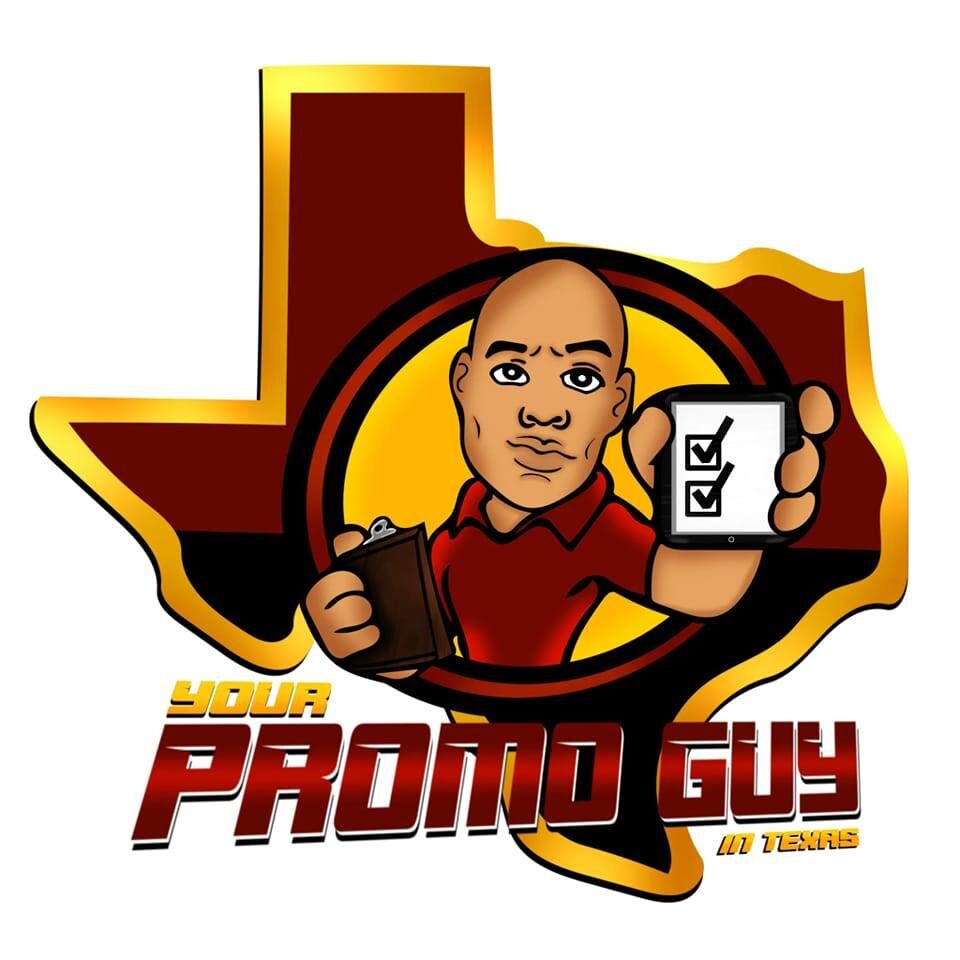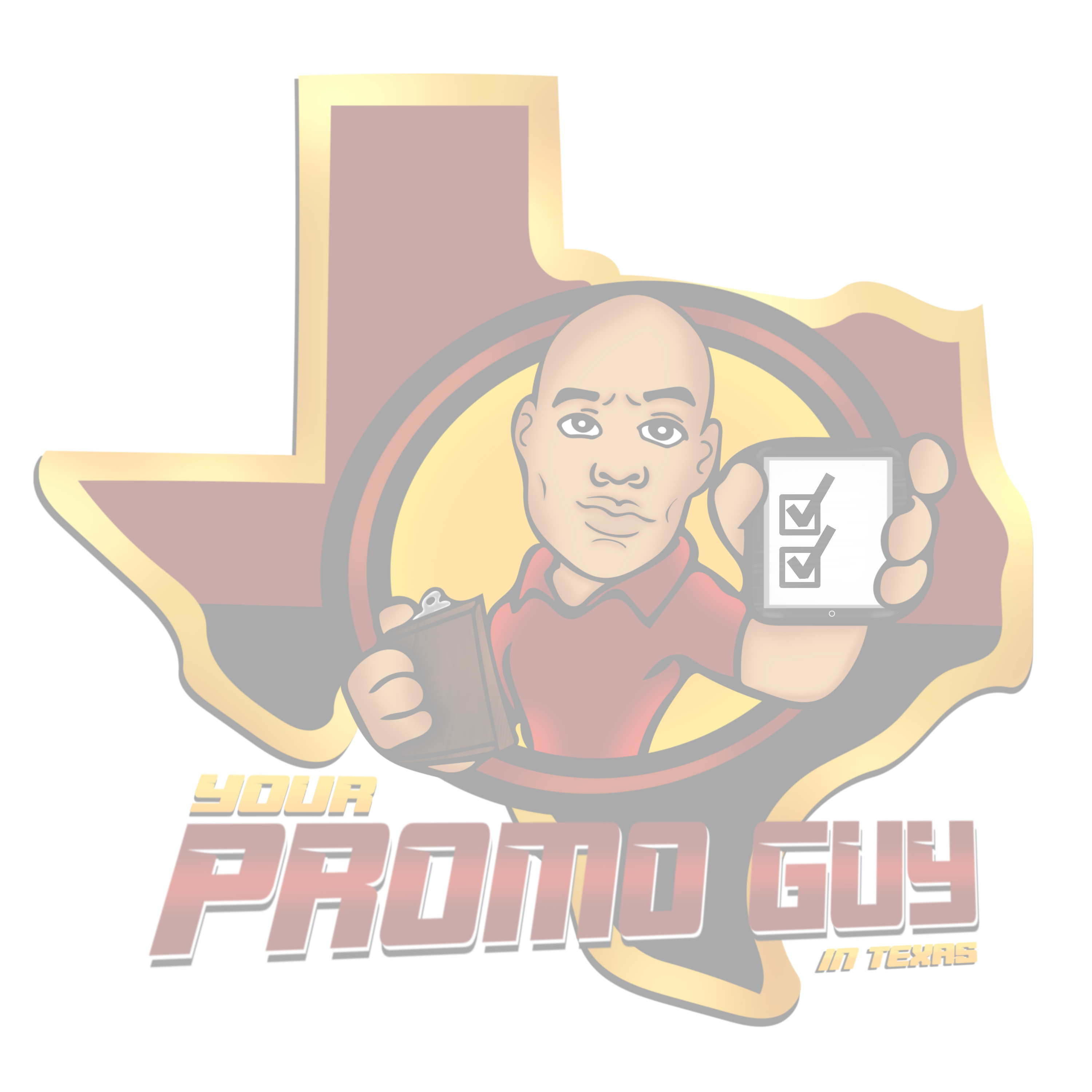Building a company is a lot like trying to predict the future. You’re looking through a crystal ball to see where the market is moving, and how you can adapt your product accordingly.
You have limited cash, which means that you only have a finite amount of time and resources to scale your business. The longer you take to make decisions about your company, the more time and money you burn.
Optimizing your startup for speed is the only way to keep your head above the water. The key to optimizing your startup for speed? Learn how to make rapid—but thoughtful—decisions.
A Framework for Rapid Decision-Making
Once you make a decision, you’re no longer working with a bunch of “what-ifs.” You’re actually doing stuff, which means that you can get feedback and find out if you made a good decision quickly. Instead of wasting time wondering whether you’re headed in the “right” direction, you spend that time learning.
If you don’t know where you are going, any road will get you there. – Lewis Carroll, Alice in Wonderland
The trick to better decision-making is to be strategic about your decision making. This way you’ll make them more efficiently and precisely. Set up a decision tree system where you can process inputs into action almost automatically. If you don’t do this up front, you’re being lazy and will inevitably make slower and less informed decisions.
Here’s how you do it:
- Break down a complex decision into a series of smaller questions
- Use these questions to challenge your assumptions and learn
- Validate what you’ve learned by running quick, lightweight experiments
By creating a decision tree, you reduce the amount of cognitive energy each choice requires. You make it much easier to make a decision. At every point, you can re-evaluate the truths that have led you down one path and switch to another based on new information.
Let’s apply this framework to three of the hardest questions early startups have to answer, from building product, to choosing a marketing channel, to figuring out how to prove ROI.
What Product Should I Build?
When you’re just beginning to build out your product, it’s easy to get distracted by the cool stuff you could make, or what everyone else is building. You end up losing focus because you forget to think about what people need.
Most people ask, “What product should I build?” Instead, ask yourself, “What products are people using, and what can I build to solve the problem better?”
Research The Market to Identify Opportunities
When my co-founder and I first started building products, we jumped right into bringing the cool ideas we had to life. Without doing research upfront to understand the market, we ended up wasting hundreds of thousands of dollars on everything from a podcast advertising network to a web hosting service.

The podcast advertising product we tried to launch.
To create something our customers cared about, we had to shift our thinking by looking for bigger patterns and pain points that people were experiencing.
Trying to break into the marketing space, we asked:
What products do marketers actually use?
Google Analytics.
What alternatives to Google Analytics do people use?
Nothing. People relied on Google Analytics or built their own solutions.
What are the pain points that people have with Google Analytics?
Google Analytics didn’t keep track of users over time which meant it was virtually impossible to track multiple visits, purchases, and subscription payments. The idea behind KISSmetrics was to let you know who your customers were and what they were doing through user-centric behavioral data.
We knew we had something real with KISSmetrics because people weren’t using alternate solutions to Google Analytics. They were either sticking with Google Analytics and complaining, or inefficiently building their own solutions. It wasn’t a revolutionary idea, but it worked because it solved a problem that stemmed from an existing product.
Even when we had a working product, we kept experimenting to figure out what to do next. Running customer development surveys for KISSmetrics, we identified another pattern: It was too hard for product people to figure out what their customers were thinking. This lead to a completely new company, KISSinsights (now Qualaroo).
“What products are people using, and what can I build to solve the problem better?” Start with that question, and you’re likely to come up with a product concept that people will care about because it addresses a pre-existing need.
What Marketing Channel Should I Focus On?
Marketing is fun because there’s a lot of room for experimentation and testing new channels. Today, you might be thinking about Snapchat ads and Slack groups. Ten years ago, it was Twitter and Facebook. The trap that people fall into is thinking about marketing channels separately from product.
Instead of asking, “What marketing channel should I focus on?,” ask yourself, “What’s already working and how can I do more of it?”
Talk To Your Customers

When we started Crazy Egg in 2005, it was pretty hard to get new customers without spending money on paid acquisition.
To find a high-leverage, low-cost acquisition model, we started by thinking about our customers and then worked backwards to figure out how to talk to them.
Who is our audience?
Web designers.
Where do they hang out?
Web designers were hanging out in online communities like 9rules.com and Digg, where they were swapping advice and perfecting their craft.
How do we engage them?
At the time, there were tons of online CSS galleries that showed you examples of well-designed websites. By putting Crazy Egg in these galleries, and promising to help people understand their websites better, we reached opt-in rates as high as 60-70% and scored over 23,000 early access emails.
All the other analytics products at the time targeted big enterprise customers. Our base of web designers had completely different priorities. They didn’t just want the ability to track every click. They wanted to understand how websites worked visually, which is why we built heat maps for Crazy Egg.
By the time we launched Crazy Egg a year later on Digg, we were upvoted like crazy thanks to the community we built with the early access list.
How Do I Increase My ROI?
In SaaS, you front load your customer acquisition costs with the expectation that it will pay back in recurring revenue over time. The moment you start building your product, you’re living on limited resources and borrowed time. Because of this pressure, a lot of people wind up making short-term decisions that drive immediate ROI but put a cap on long-term growth.
Instead of asking “How do I increase my ROI?,” ask, “ How do I demonstrate ROI to my customers faster?”
Rapidly Prove Value
The faster you demonstrate ROI to your customers, the faster you make money. By quickly proving a real business need for your product, you shorten the payback period between when customers first see your product and when they pay for it.
At Hello Bar, we did this by creating a freemium version of our product. People could type in their website URLs on the landing page. After a short tutorial sequence, they could immediately put a banner on their own website by copy-pasting a short JavaScript snippet. But we wanted to make this process even faster and easier. To do so, we asked our customers one simple question:
But we wanted to make this process even faster and easier. To do so, we asked our customers one simple question:
Please tell us why you didn’t install Hello Bar.
 For people who answered, “I Had Trouble Installing It,” we asked a follow-up question:
For people who answered, “I Had Trouble Installing It,” we asked a follow-up question:
What would have made it easier to install Hello Bar?
 The answers we received led us to believe that by providing more options to install, through a WordPress plugin or emailing the code to a developer, more people would put Hello Bar on their websites.
The answers we received led us to believe that by providing more options to install, through a WordPress plugin or emailing the code to a developer, more people would put Hello Bar on their websites.
By making it even faster for customers to get to ROI, we were able to drive a 40% increase in installation rates from one simple experiment. We ran a dozen more experiments on our sign-up flow, driving an 89% improvement to our original install rate.
Identify Patterns Over Time
When you start a business from nothing, you’ll have to make a lot of decisions and find the answers to a lot of questions. You won’t always end up with the right answers, and you won’t always make the right decisions. But if you focus on simplifying problems and learning, each mistake you make will add to your knowledge base.
Here are a few tips to get you started:
- The most successful products have distribution baked in. You might do this by integrating with other services (Segment, Zapier), providing a service via API (Clearbit, Twilio), or even just a “powered by” sign at the bottom of your chat widget (Zendesk, Drift).
- Find out how your customers talk, and market to them in their own language. You can use Qualaroo for on-site surveys, Typeform for off-site surveys, and Drift to chat with them in-app.
- Giving away free stuff is the fastest way to prove value. HubSpot’s free Website Grader is a classic example, but you can go even simpler. Appcues’ Retention Curve Calculator is just a Google Sheet template behind a lead generation gate.












